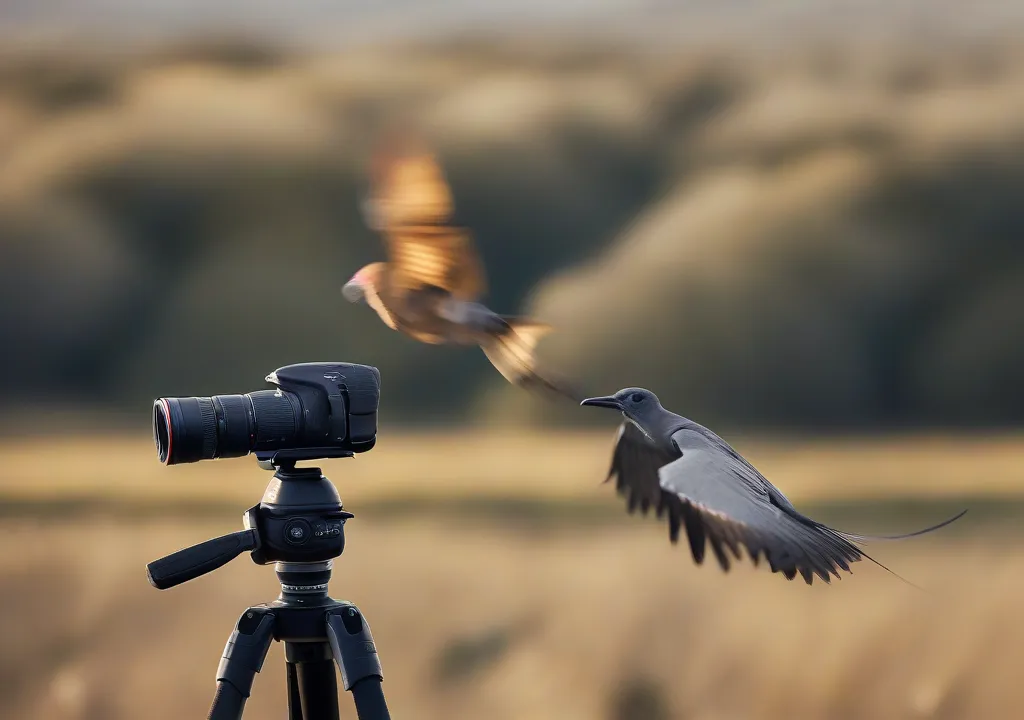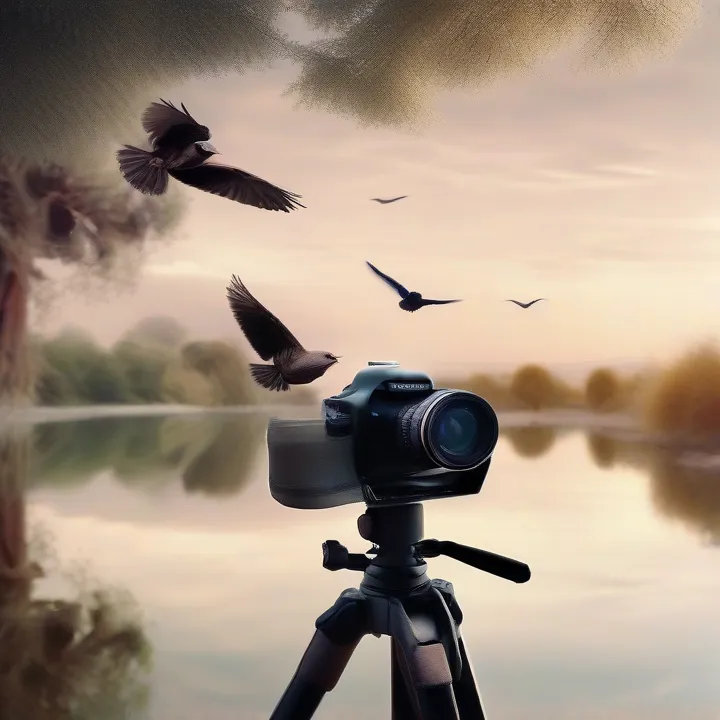Bird photography can be a delightful pursuit, blending patience with the right gear.
Choosing the Right Gear
When it comes to bird photography, your gear matters. A professional camera with a fast autofocus system gives you the edge in capturing those fleeting moments. Pair it with a telephoto lens, ideally 300mm or longer, to get up close without disturbing your subjects. Remember, birds are not keen on uninvited guests. A solid tripod stabilizes your shots and helps reduce camera shake. It also gives you an excuse to sit quietly for a while, pretending to be one with nature. Investing in a quality camera and lens is key, but it’s not just about the price tag. Familiarize yourself with your equipment. Spend time learning the settings, especially shutter speed and aperture. These will help you freeze the action or create dreamy backgrounds, depending on your artistic vision.
- Look for a camera with a high frame rate for capturing quick movements.
- A lens with image stabilization can help in windy conditions.

Finding the Perfect Location
Finding the right spot is half the battle. You can’t just stroll into your backyard and expect to photograph rare birds. Or can you? Sometimes, the most unexpected places yield the best results. Local parks, wetlands, and nature reserves often host a variety of species. Early mornings or late afternoons are ideal; the light is softer, and the birds are more active. Plus, you avoid the sunburn that comes from midday shooting. Keep your eyes peeled for bird feeders in residential areas too. I once shot a flurry of finches at a neighbor’s feeder while trying to avoid a cat that seemed particularly interested in my activities. It’s all about the thrill of the chase, isn’t it?
- Visit locations during different seasons to see migratory birds.
- Be aware of local birdwatching groups; they often know the best spots.

Mastering the Techniques
Now that you have the gear and the location, it’s time for the fun part: shooting. Bird photography requires a unique blend of patience and quick reflexes. Use continuous shooting mode to capture a series of images in quick succession. This is where that high frame rate comes in handy. You never know when a bird will take off or land, so be ready. Focus on the eyes of the bird. A sharp eye makes all the difference. If the eyes are in focus, the rest of the image will often fall into place. It’s like a magic trick, but without the top hat and rabbit.
- Experiment with different angles and perspectives.
- Try to incorporate the surroundings to give context to your images.
Editing Your Shots
Once you’ve captured your images, it’s time to edit. Don’t let anyone tell you that post-processing is cheating. It’s part of the creative process. Use software to enhance your images, adjust exposure, and crop for better composition. Every great shot can benefit from a little TLC. Just be careful not to overdo it. You want your birds to look natural, not like they just came back from a spa day.
- Learn basic editing tools to enhance your images.
- Keep the colors true to life for authenticity.

Final Thoughts on Bird Photography
Bird photography is a rewarding hobby that requires gear, patience, and a dash of humor. Every outing is a new adventure, filled with unexpected encounters. Whether you’re capturing a majestic eagle or a cheeky sparrow, remember to enjoy the process. After all, it’s not just about the photos; it’s about the stories they tell and the memories they create. So grab your camera, head outside, and let the birds inspire your next chapter.
